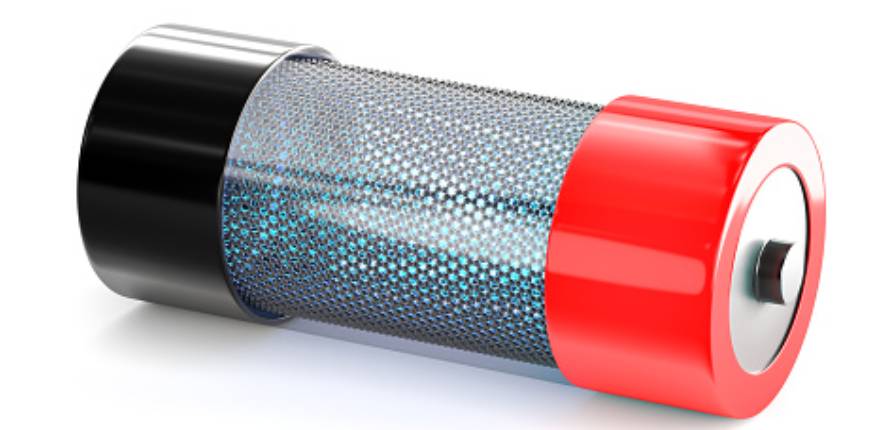The ever-evolving needs and the depletion of resources sourced from fossil fuels indicate the urgent need to pursue sustainable alternatives, inclusive of renewable energy sources and the technology for sustainable storage. To support a sustainable environment, incorporating the use of clean and green material, eco-efficient processes, and the final design analysis is important. At present, battery technology such as graphene material for developing batteries addresses the issues of a sustainable environment. However, there is still a long way to overcome the hurdles on the fundamental level to attain sustainability via the right choice of batteries.
Challenges that come in the way of a sustainable environment
Challenges in terms of sustainability can be witnessed all through the process of developing energy storage devices, i.e., batteries. These challenges begin from extracting raw material, the manufacturing process, management and the final execution for use across industries like the automobile industries (e-vehicles), electronic devices, and telecom. Recently, it has come to the notice of various sectors involved in manufacturing battery technology that cobalt material and its potential use present significant concerns in the context of maintaining a sustainable environment and longevity.
Principles guiding sustainable development and management
Efforts are being consistently made across industries to minimize the manufacturing process’s negative impact that includes the usage of material like cobalt for developing batteries. Focusing on novel designs for the electrodes, alternative materials that can potentially replace cobalt can yield advantages in terms of performance, for example, high energy density, conductivity and surface area. It is also important to understand how certain principles can guide sustainable development and management. These principles could be the reuse of batteries for e-vehicle applications, recovery of the material used by recycling, and allowing for only a minimal quantity of battery material to go under disposal. All these recovery principles cascade the reuse of battery and battery material for energy storage applications that are comparatively less demanding and have the most significant environmental promise.
Additionally, steps such as manufacturing and testing electrode material for performance and efficacy and checking for the battery’s reliability on any natural resources can be done. Advanced tests for diagnosis and techniques that help maintain a sustainable environment must be conducted. Last but not least, novel systems for recycling material like cobalt must be incorporated accompanied with the assessments on both environmental and economic levels. These steps give the right direction to the manufacturing process and empower it to become increasingly inclined towards a sustainable environment.
Conclusion
C6 Energy’s Graphene batteries are high-performance and cobalt-free. A carbon-neutral process has been utilized to manufacture these highly efficient graphene batteries for a sustainable environment, making them the best batteries for industry-wide usage.






